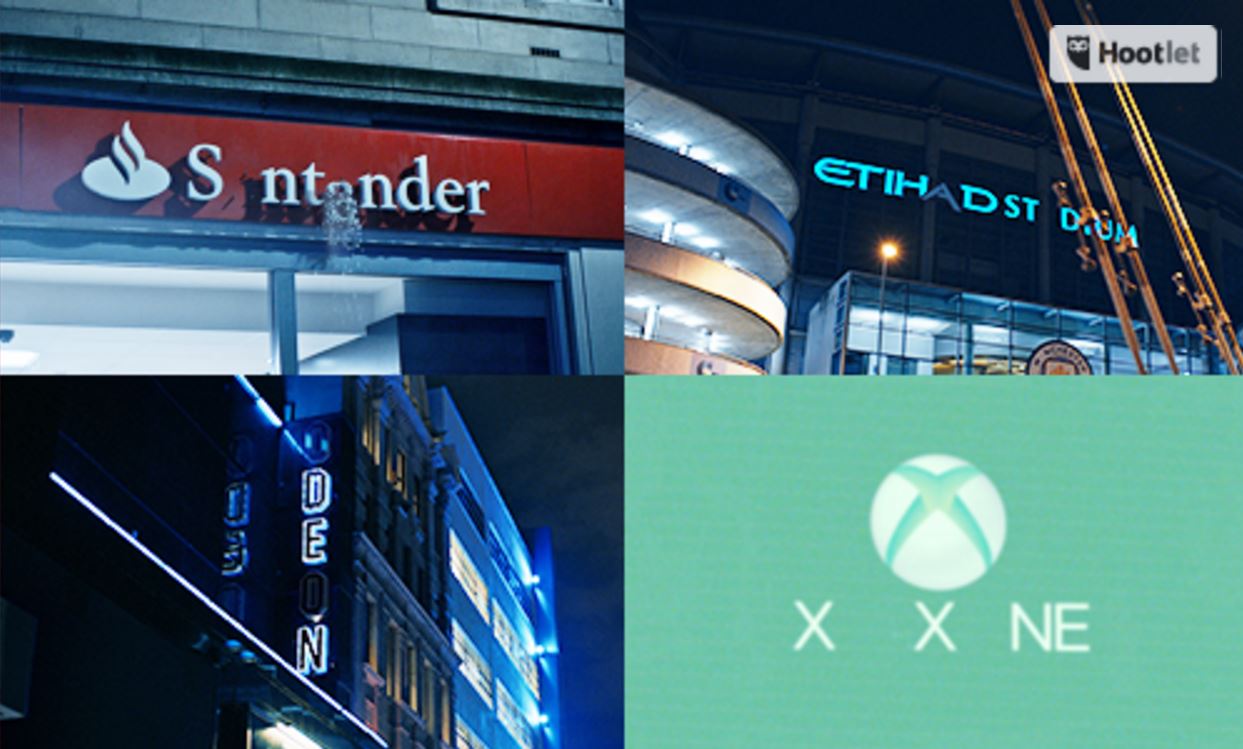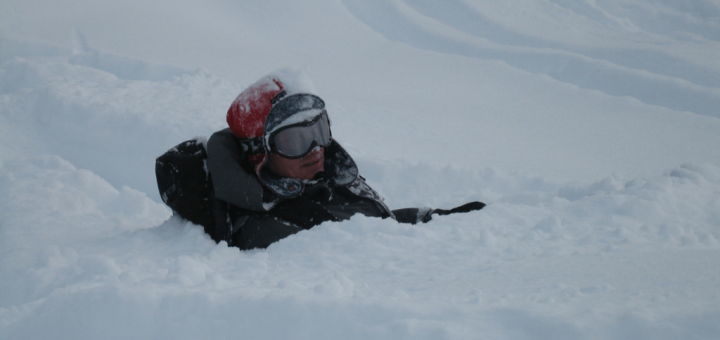D_n’t _e P_sitive, _e _ Neg_tive.

_h, _h, _h, It’s M_gic, Y_u Kn_w.
p_p quiz: the lyric ___ve is fr_m wh_t s_ng _nd _rtist? clue: t_ke _ff with these _t the helm.
I’ve got O Negative blood, which is the first responder type. Everyone can be given the red cells from my blood in an emergency, so it is the one carried by First Responders; I feel pretty good about that, and always make sure I give blood as often as I’m allowed.
Demand for Different Blood Types.
The NHS maintains a regular supply of all blood types to ensure the right blood is available to everyone who needs it. They need enough of the right types of blood to meet day-to-day patient needs and to cope with emergencies.
They have to balance:
- The characteristics of different blood.
- The need for rare blood.
- The demand for closely-matched blood.
- How long blood can be kept.
Some blood types are in higher demand from hospitals than others. For example, it’s estimated that around 8% of people have O negative blood, but O negative makes up 13% of requests from hospitals. This is because anyone can receive the red cells from O negative donors. So O negative red cells can be used in emergencies or when a person’s blood type in unknown.
Note: The National Blood Service probably need your blood now: Especially if you’ve got their missing A, O or B.
Types of Blood.
There are eight main blood types with the percentage of donors of each type being:
- O positive: 35%
- O negative: 13%
- A positive: 30%
- A negative: 8%
- B positive: 8%
- B negative: 2%
- AB positive: 2%
- AB negative: 1%
Sometimes the NHS needs to target donors with specific blood to increase stock levels. That’s why they sometimes contact particular donors to specifically ask them to give blood.












